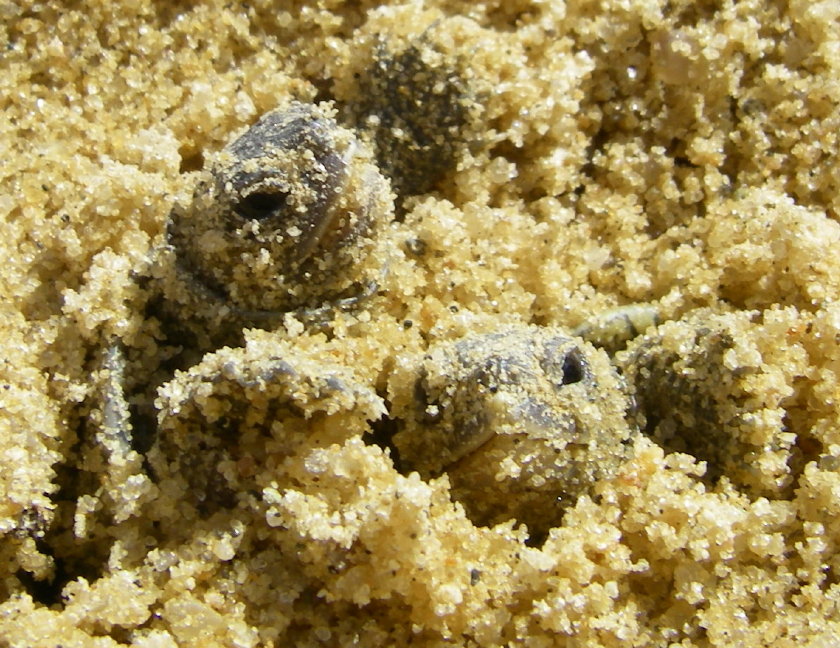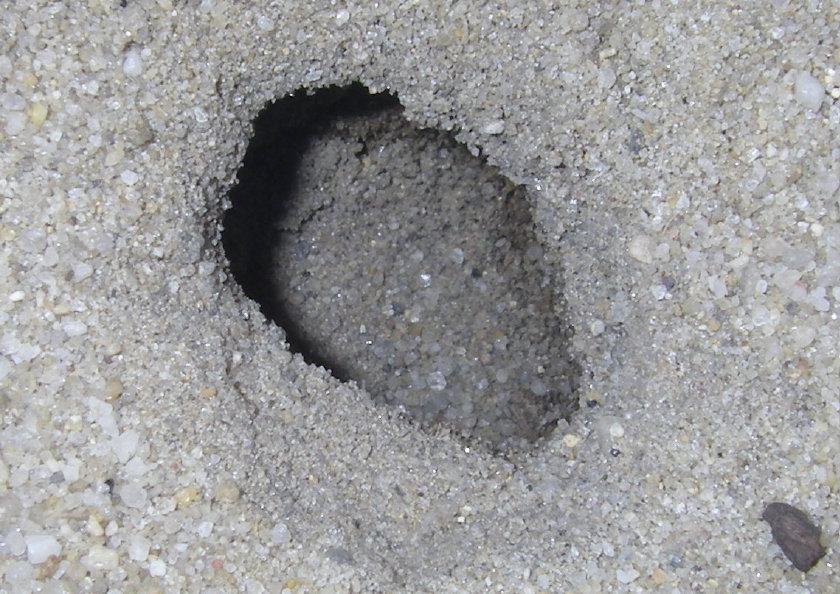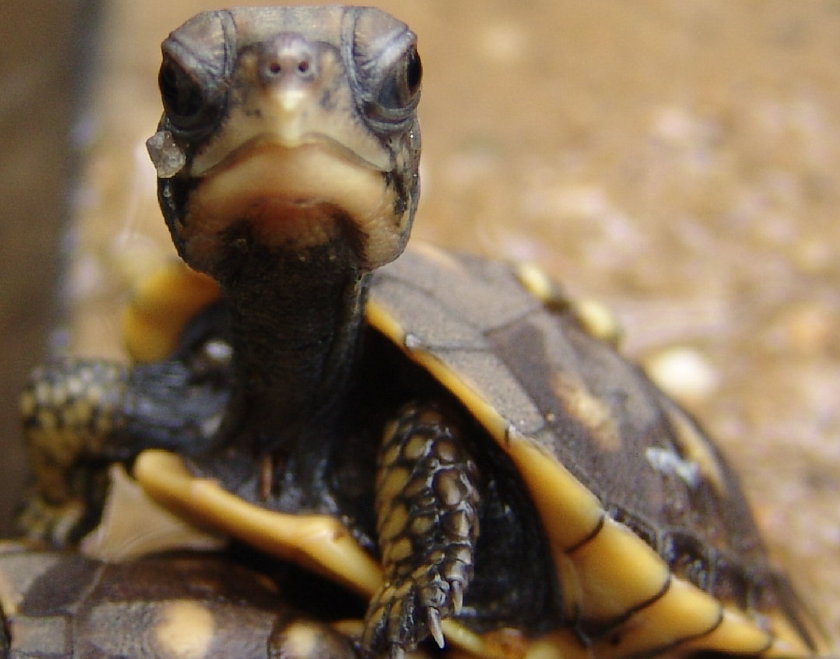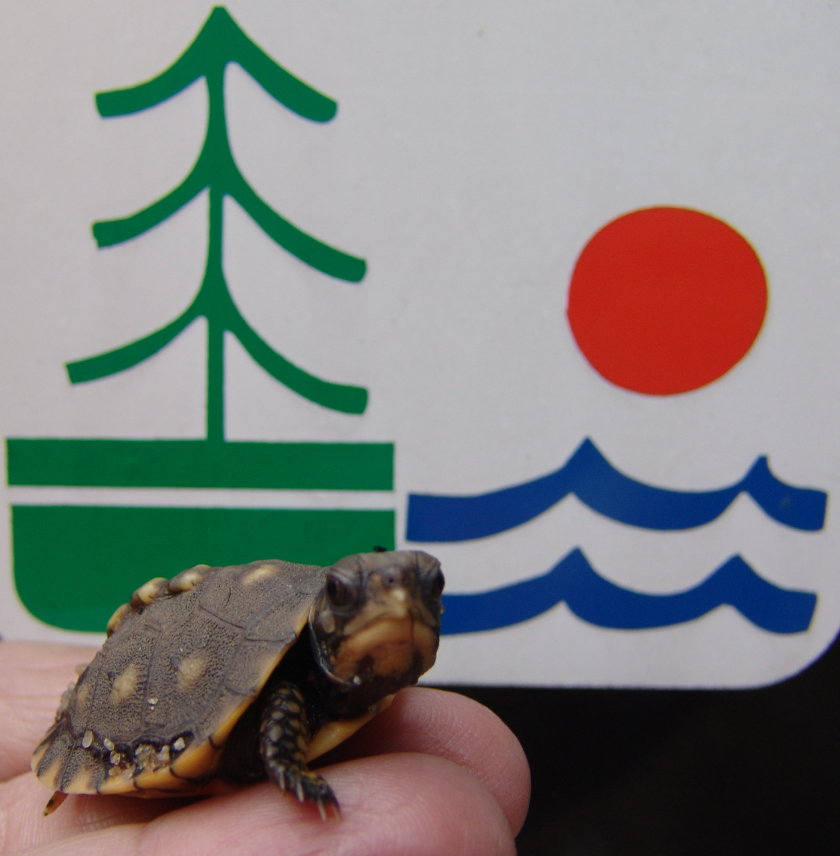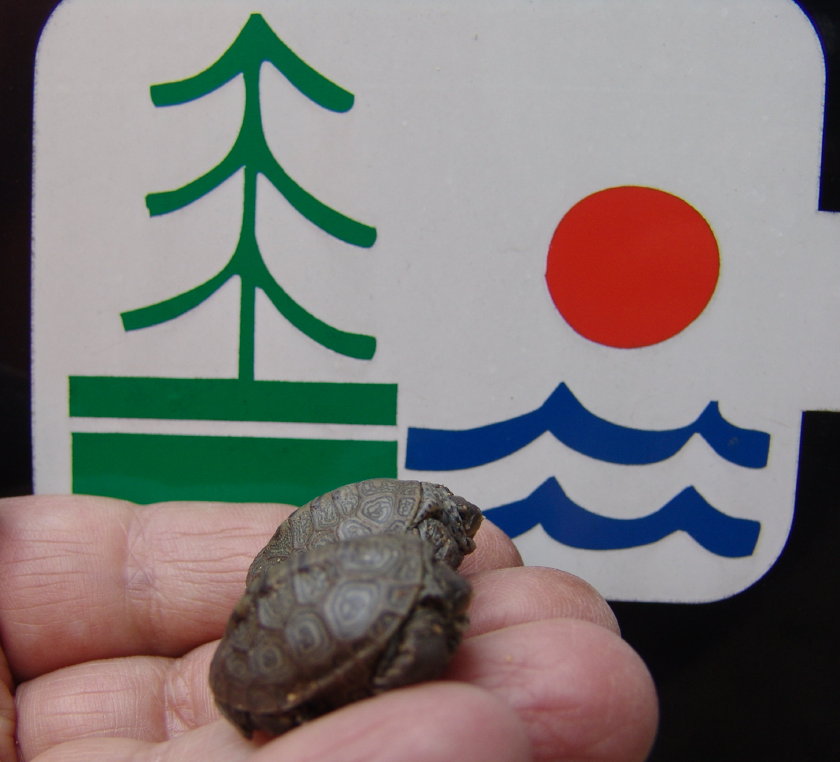Back in the salad days of youth we laughed in giddy hubris to learn that supposedly brilliant Aristotle had been so foolish to espouse the theory of abiogenesis, the spontaneous generation of life. How much more intellgent we were to know that life could not spontaneously generate from inanimate matter. How could those famous Greek philosophers be so silly? It fully demonstrated to our proud satisfaction the false premise that human brains had evolve so completely in a mere two thousand years that we high schoolers could out-think the great philosphers of the Golden Age.
Imagine Aristotle Strolling by Just as This Hatchling Emerges from the Sand
Surprising how much our intelligence regresses in maturity. The brilliance of youth gets tempered by wisdom and experience. And while we still know that abiogenesis is a failed theory, it’s a heckuva lot easier to understand how the great minds of the ancient world could be fooled by physical observation. If one never happened to spot the female turtle dig and bury her eggs into the ground, and one strolled by just as a perfectly formed hatchling turtle emerged from the sand, one could be forgiven for thinking that you had just witnessed the spontaneous generation of life: a turtle springs forth from the sand.
If Aristotle Saw Two Turtles Emerging Would That Change His Mind?
Events such as these are exceedingly rare to witness. But over the last decade, I’ve been privileged to observe “spontaneous” emergence from the sand a handful of times. Each occurence reminds me of philosophy class and how nearly two and a half millennia ago our Greek intellectual ancestors had conceived a perfectly logical explanation for this seemingly magical and mysterious event. Instead, today we demonstrate our intellectual superiority by telling the tale of the turtle and the egg. You know, which one came first, the turtle or the egg?

